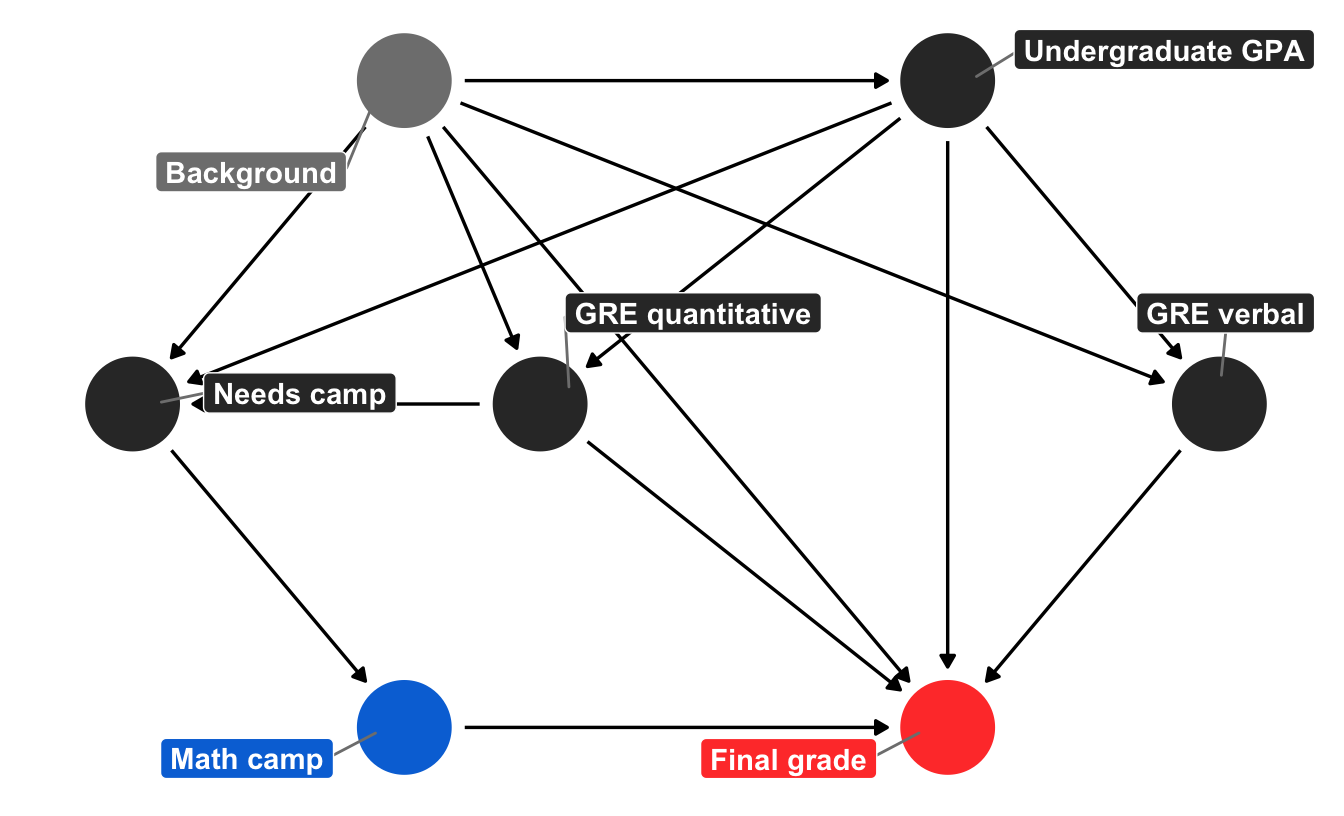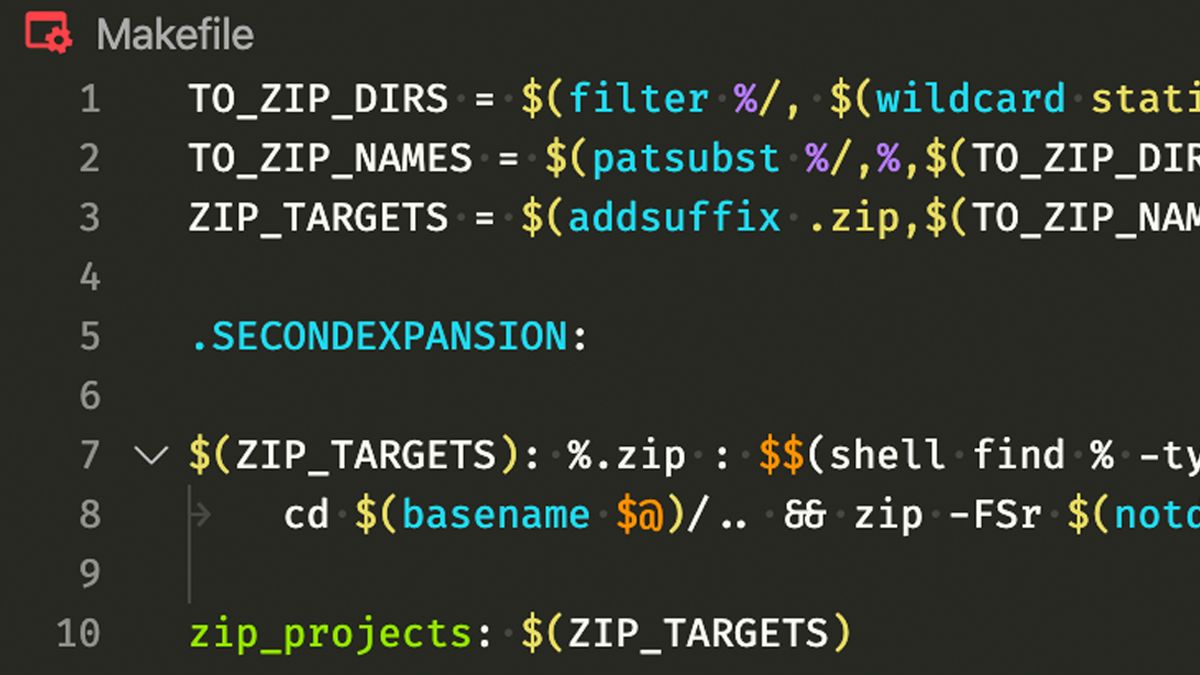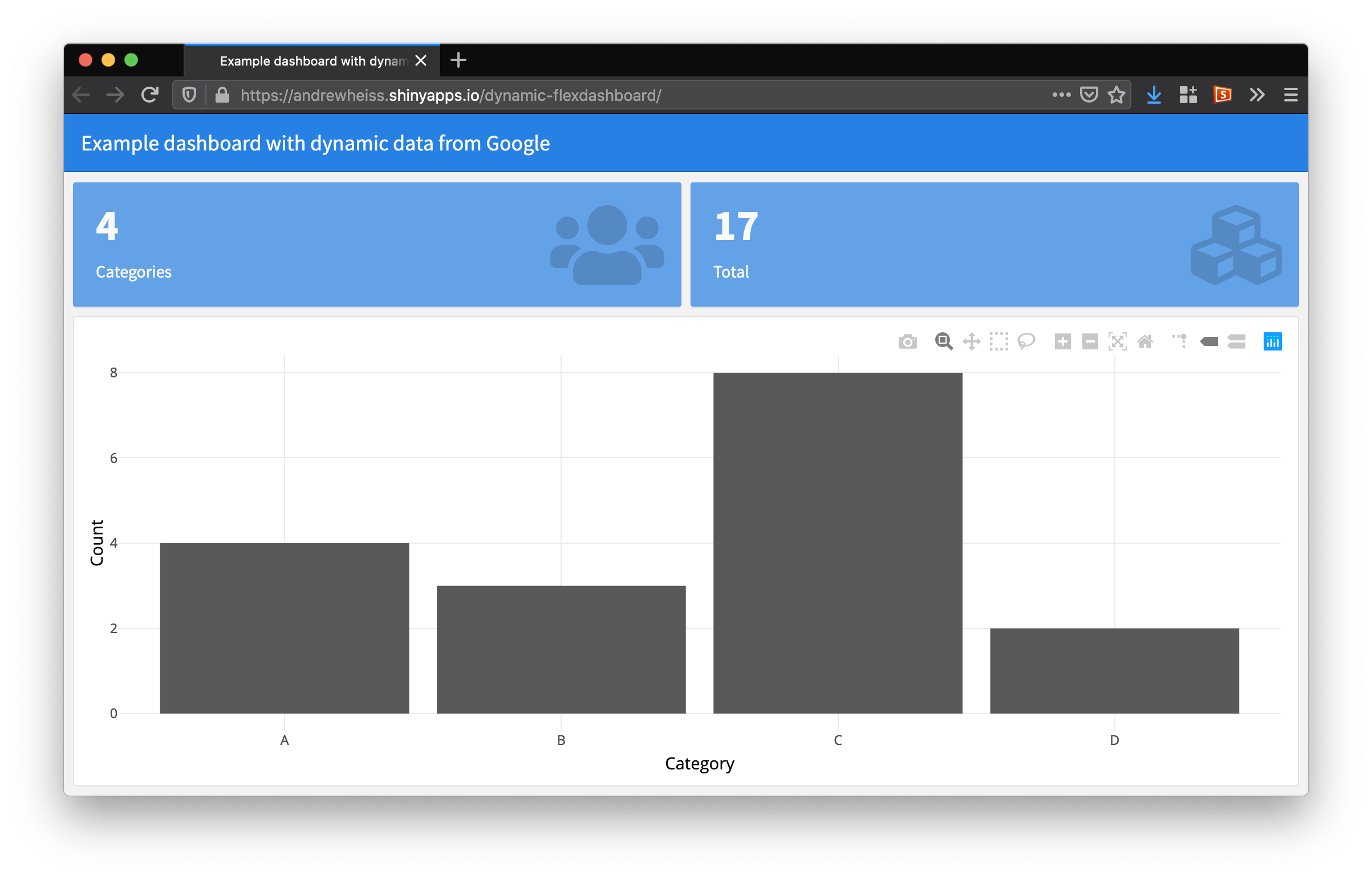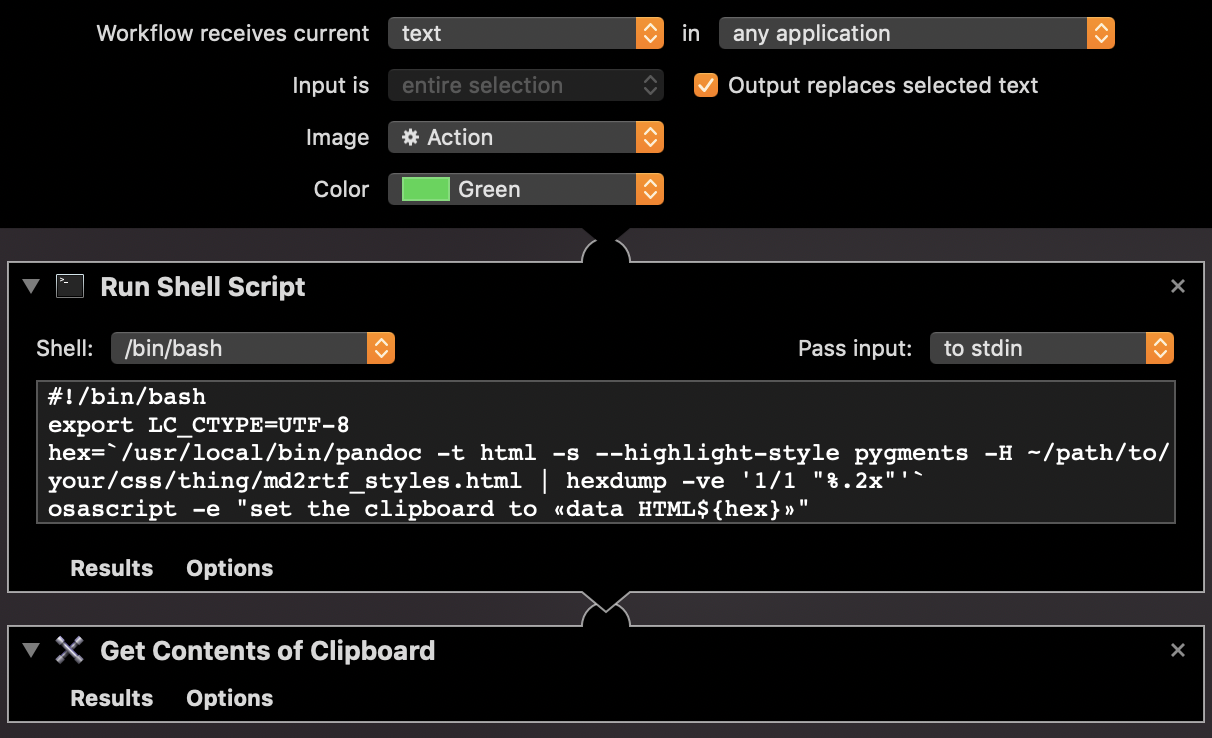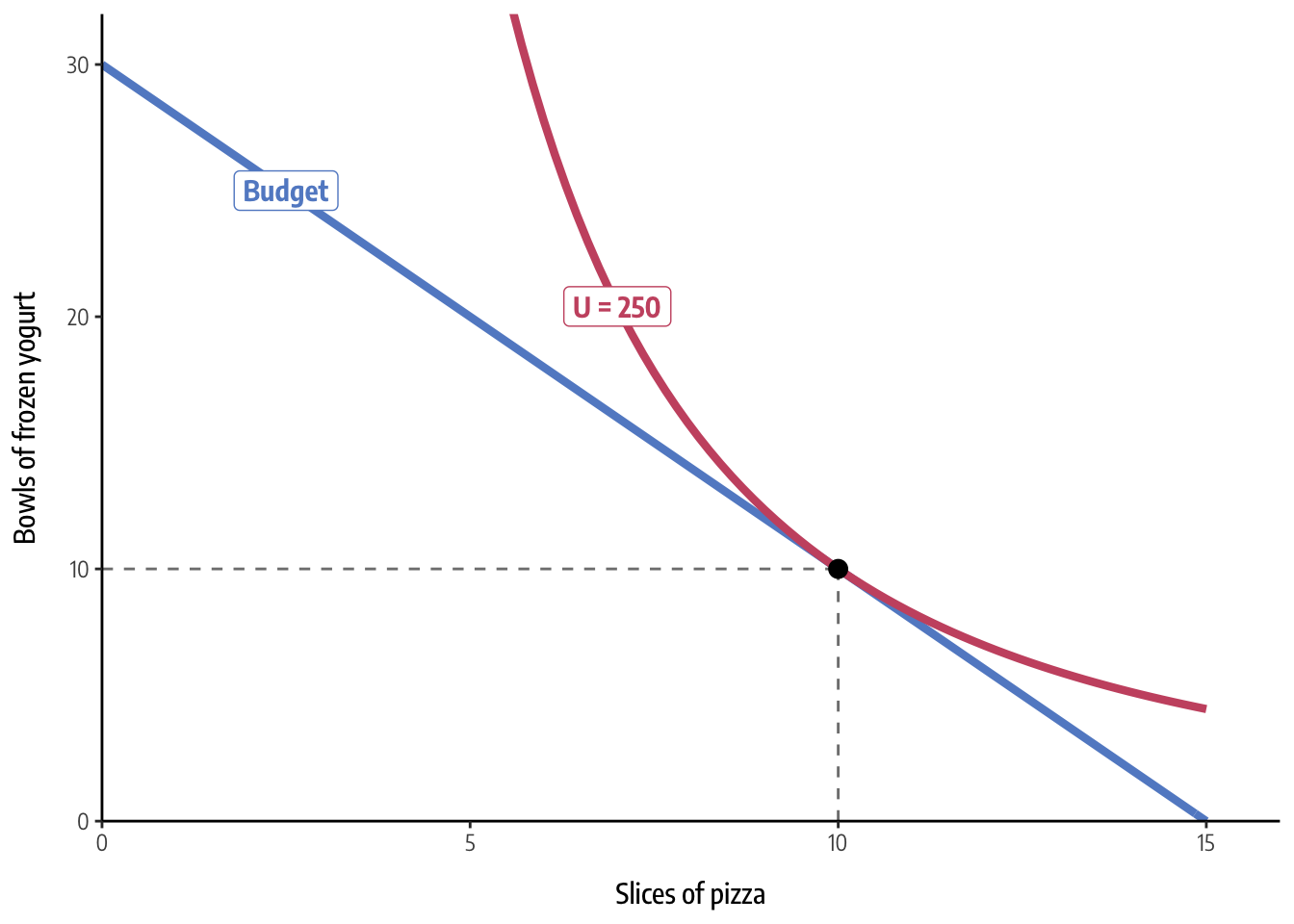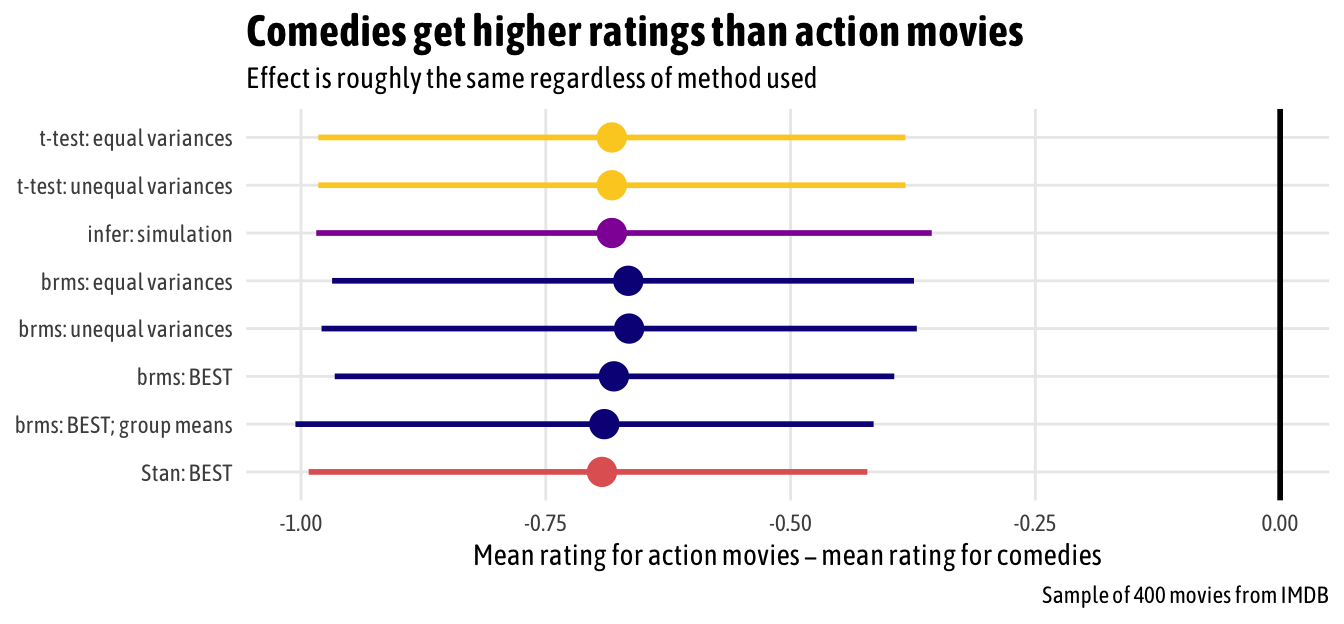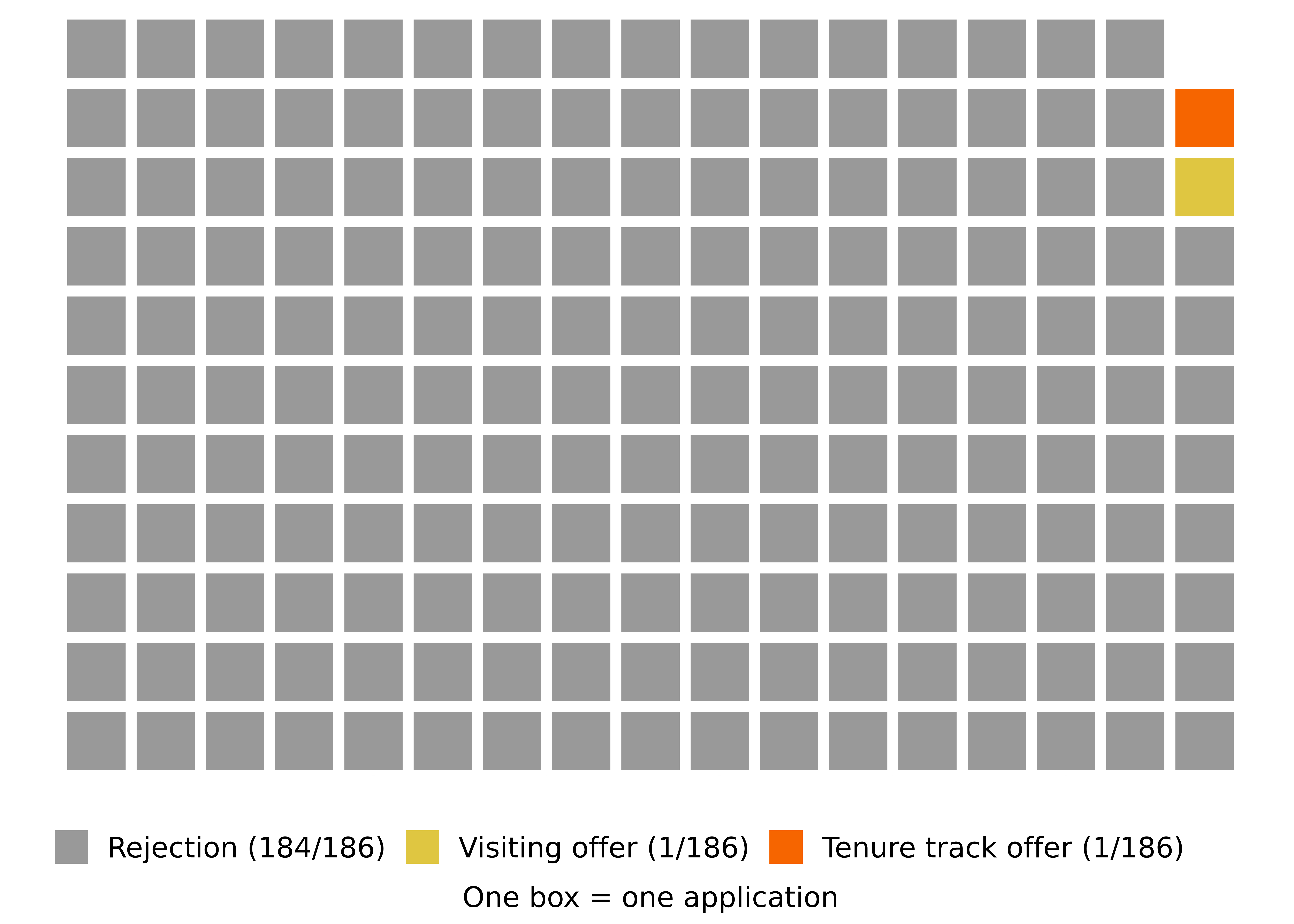
This is written for instructors in the Department of Public Management and Policy at the Andrew Young School of Policy Studies at Georgia State University, but it’s hopefully widely applicable too. With more than 100 universities moving their teaching online (including Emory just last night), it’s looking more and more inevitable that GSU will make a similar switch any time now.
